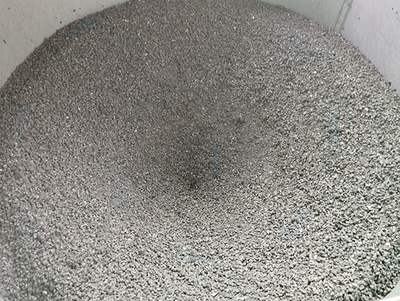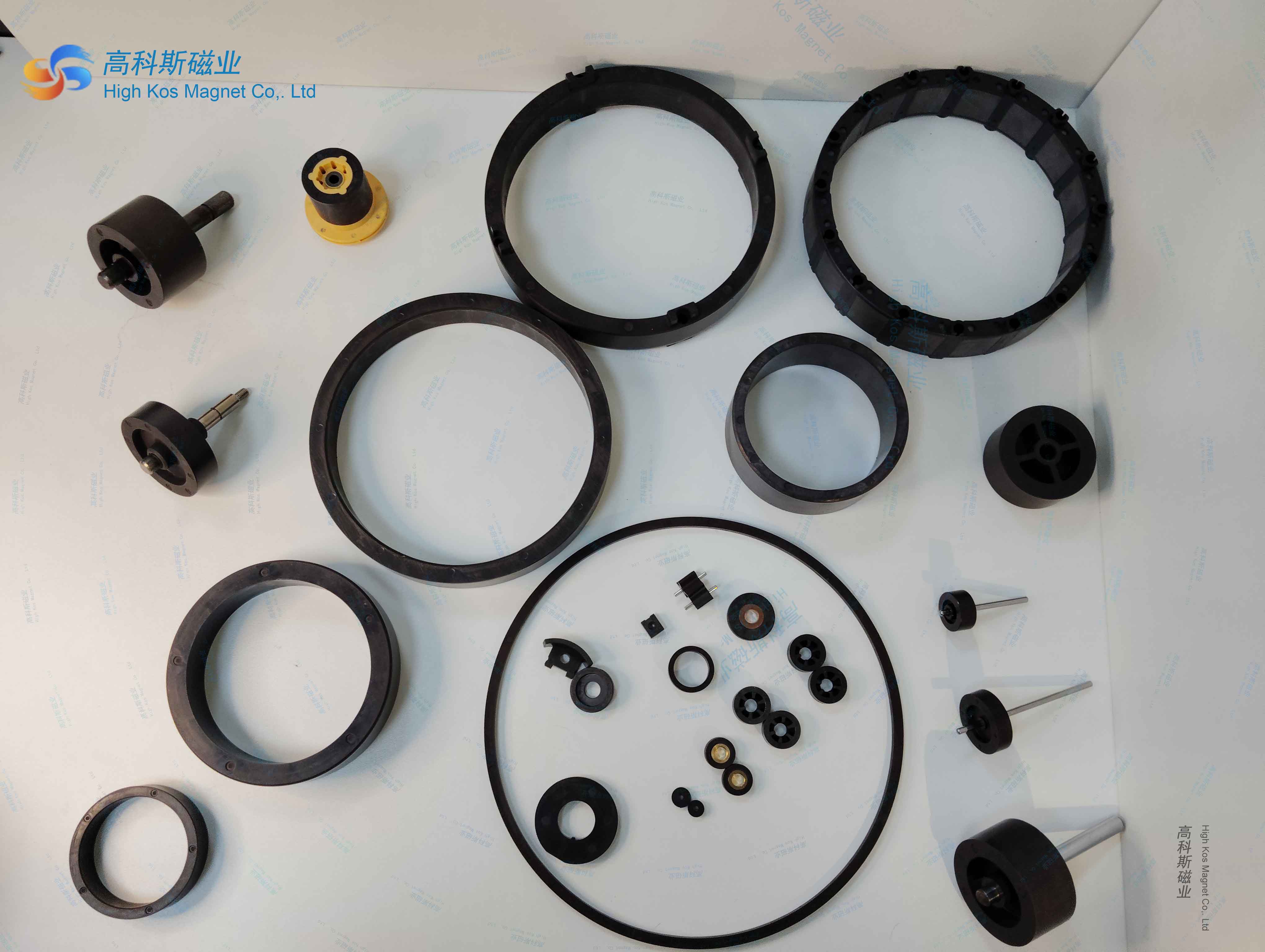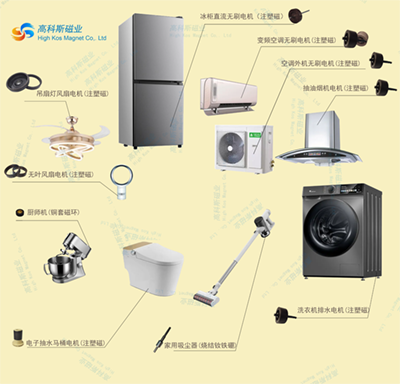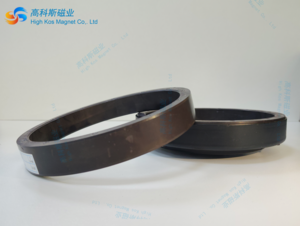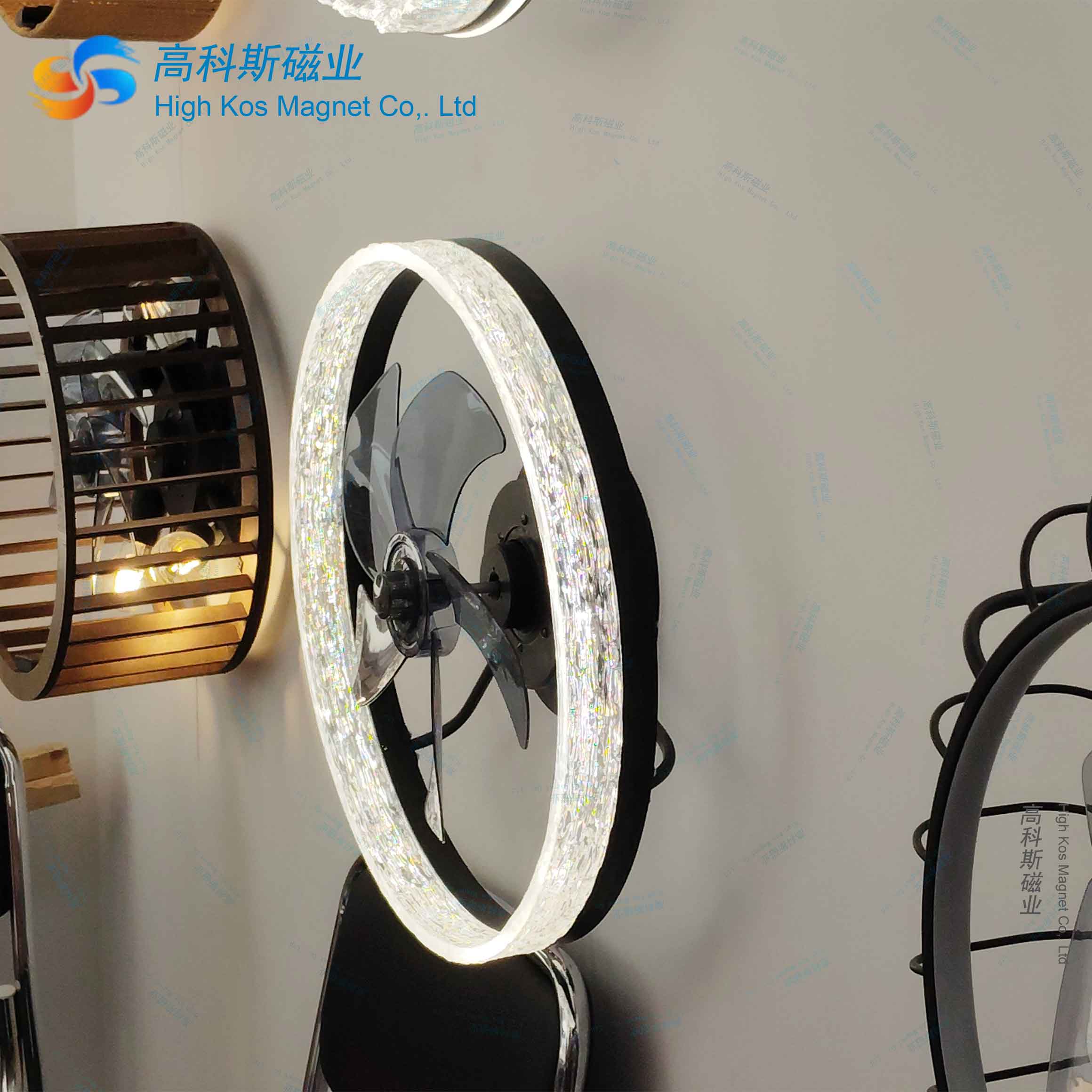Injection molding magnets: full analysis of principles, characteristics, selection, and production points
Injection molded magnets have emerged as a distinctive manufacturing technique for permanent magnets, assuming a progressively pivotal role in modern industry. Crafted by blending magnetic powder with a binder to create compounded pellets, these pellets undergo injection molding, seamlessly integrating superior magnetic performance with robust physical attributes. This fusion bestows a multitude of characteristics and benefits across various sectors. This article will explore the fundamental knowledge pertaining to injection molded magnetic rings, encompassing their advantages, selection guidelines, and potential factors contributing to magnet damage during the production process.
01
Advantages of injection molded magnets
(1) Complex shapes and unique performance
Similar to plastic products, injection molding technology enables injection molded magnets to produce extremely complex shaped magnets. Its formed parts can have unique sizes and shapes, and can also be customized according to requirements in terms of magnetic and physical properties. This feature provides designers with a vast creative space to meet various special engineering needs.
(2) Advantages of integrated molding
The injection molding process supports methods such as "embedded molding", "multi-step molding", and "multi workpiece molding", which can combine magnets with other components to form a whole. This integrated manufacturing method greatly reduces the cost of secondary processing and assembly, improves production efficiency, and also enhances the overall stability and reliability of the product.
(3) Manufacturing of anisotropic magnets
This process can produce both anisotropic and isotropic magnets. When manufacturing anisotropic magnets, by applying an external magnetic field, the magnetic powder can form a specific orientation in the molten polymer, that is, generate orientation, and achieve multipole magnetization, thus meeting some application scenarios with special requirements for magnetic field directionality.
(4) Product consistency and diversity
The injection molding process ensures excellent consistency in size and function of the product, making the quality of mass-produced injection molded magnetic products stable and reliable. At the same time, its products come in a variety of shapes, which can adapt to different installation spaces and usage environments.
(5) Strong corrosion resistance
Due to the high content of high polymer adhesive in injection molded magnets, the magnets themselves have strong corrosion resistance. In many conventional environments, there is usually no need for additional surface coating protection, which reduces production costs and process complexity.
(6) High strength and excellent physical properties
Injection molded magnets possess both high-strength magnetism and excellent physical properties, capable of withstanding certain mechanical stresses and environmental impacts. They perform outstandingly in applications that require a balance between structural strength and magnetic functionality.
(7) Crack resistance and ease of assembly
Compared with sintered magnets, injection molded magnets have stronger crack resistance, are more convenient to operate during product assembly, and are less prone to damage. Especially with the embedded molding manufacturing method, magnetic powder materials can be directly injected onto the equipment to form components, further simplifying the production process.
(8) Flexible magnetization method
Magnets can achieve various magnetization states such as complete magnetization, partial magnetization, and demagnetization, and can accurately control the magnetic field distribution according to specific application needs, improving the applicability and functionality of products.
(9) Wide temperature application range
The adhesive and magnet used can meet the application temperature range of -40 ℃ to 180 ℃, and can work stably in a wide range of temperature environments, suitable for various industrial and civilian fields.
02
Key points for selecting injection molded magnets
(1) Magnetic performance considerations
Magnetic properties are key indicators for measuring the quality of magnets, including important parameters such as magnetic permeability, coercivity, and remanence. Different application scenarios have vastly different requirements for magnetic properties. For example, in motor manufacturing, higher magnetic permeability may be required to improve electrical energy conversion efficiency; In the application of magnetic sensors, there are high requirements for the stability of coercivity and remanence. Therefore, when selecting injection molded magnets, it is necessary to accurately determine the required magnetic performance parameters based on the specific application situation to ensure that the magnet can meet the actual working requirements.
(2) Temperature stability assessment
Injection molded magnets are inevitably affected by temperature changes during use. Generally speaking, the coercivity and permeability of magnets decrease with increasing temperature, while the remanence increases with increasing temperature. Therefore, when selecting injection molded magnets, it is necessary to fully consider the temperature range of the application environment to ensure that the selected magnet has sufficient temperature stability. For example, injection molded magnets used in high-temperature environments need to have the characteristic of maintaining relatively stable magnetic performance at high temperatures, otherwise it may lead to equipment performance degradation or even failure.
(3) Corrosion resistance requirements
Given that injection molded magnets are often used in harsh environments such as seawater and chemical environments, their corrosion resistance becomes particularly important. Injection molded magnets with good corrosion resistance can work stably for a long time in these harsh environments without being damaged by corrosion, thereby ensuring the reliability and service life of the entire equipment or system. Therefore, when selecting injection molded magnets, materials with corresponding corrosion resistance should be selected based on the degree of corrosiveness of the actual usage environment.
(4) Cost factor balance
Cost is always a factor that cannot be ignored when choosing injection molded magnets. There are significant price differences among different injection molded magnet materials, and the sensitivity to cost varies in different application scenarios. In some large-scale production projects with strict cost control, it may be necessary to prioritize the selection of injection molded magnet materials with lower prices while meeting basic performance requirements; In some high-end application fields that require extremely high performance and are relatively insensitive to cost, materials with better performance but higher prices can be selected. Therefore, it is necessary to comprehensively determine the selected materials based on specific application scenarios and cost budgets.
03
Reasons for magnet damage during the production process of injection molded magnets
(1) Raw material quality issues
If there are quality defects in the magnetic materials used in plastic magnetic production, such as iron, cobalt, etc., it will have a serious impact on the performance of the magnet. For example, impurities in the raw material can disrupt the internal structural uniformity of the magnet, the presence of pores can lead to a decrease in the strength of the magnet, and uneven structure may cause local stress concentration. These problems will manifest as insufficient strength of the magnet during the injection molding process, which is prone to cracking, and the magnetic properties are also prone to decay, unable to meet the design requirements.
(2) Unreasonable injection molding process parameters
The setting of process parameters such as temperature, pressure, and injection speed is crucial in the production process of injection molded magnets. If the temperature is too high, the magnet may sinter or melt, changing its internal structure and causing a decrease in magnetic properties; However, if the temperature is too low, it may cause uneven plasticization of the raw materials, affecting the quality of the magnet molding. Excessive pressure may cause excessive compression on the magnet, resulting in internal cracks or deformation; Excessive injection speed can easily form bubbles or pores inside the magnet, damaging its integrity and subsequently reducing its magnetic performance.
(3) Unreasonable mold design
Molds play a crucial role in shaping magnets. If the mold hole design is asymmetric, it will cause uneven extrusion force on the magnet during the injection molding process, resulting in stress concentration; Uneven wall thickness can lead to uneven heat conduction, with some areas cooling too quickly or too slowly, resulting in damage to the magnet such as cracking or deformation, seriously affecting the quality and yield of the magnet.
(4) Improper operation
Improper operation in various stages of magnet production, such as raw material batching, injection molding, cooling, etc., can cause damage to the magnet. Inaccurate raw material ratios can lead to deviations in the composition of magnets from design requirements, affecting magnetic performance; Uneven injection molding speed can cause unstable stress distribution inside the magnet; If the cooling rate is not properly controlled during the cooling process, uneven thermal expansion and contraction can also cause problems such as cracks or deformation in the magnet.
(5) Poor environmental conditions
The environmental conditions for making magnets, especially temperature and humidity, have a potential impact on the quality of magnets. Excessive temperature can cause thermal expansion of magnets during the manufacturing process, altering their internal structure and dimensional accuracy; Excessive humidity may cause the raw materials to become damp, affecting their fluidity and molding effect, and may also lead to a decrease in the performance and damage of the magnet during subsequent use.
(6) Improper subsequent processing
The subsequent processing steps after the completion of magnet production, such as grinding and cleaning, can also cause damage to the magnet if not handled properly. Excessive grinding can remove too much magnetic material, alter the shape and size of the magnet, and affect its magnetic performance; Incomplete cleaning may result in residual impurities or chemicals on the surface of the magnet, causing surface corrosion or affecting the assembly accuracy of the magnet with other components, thereby reducing the stability and reliability of the magnet.
In summary, injection molded magnets, as a permanent magnet manufacturing technology with broad application prospects, have many advantages. However, various factors need to be fully considered in the selection and production process to avoid magnet damage and ensure that the product can meet the high-performance requirements of different fields. With the continuous development of materials science and manufacturing processes, injection molding magnetic technology is expected to play a more important role in future technological fields, providing strong magnetic support for more innovative products and technologies.
